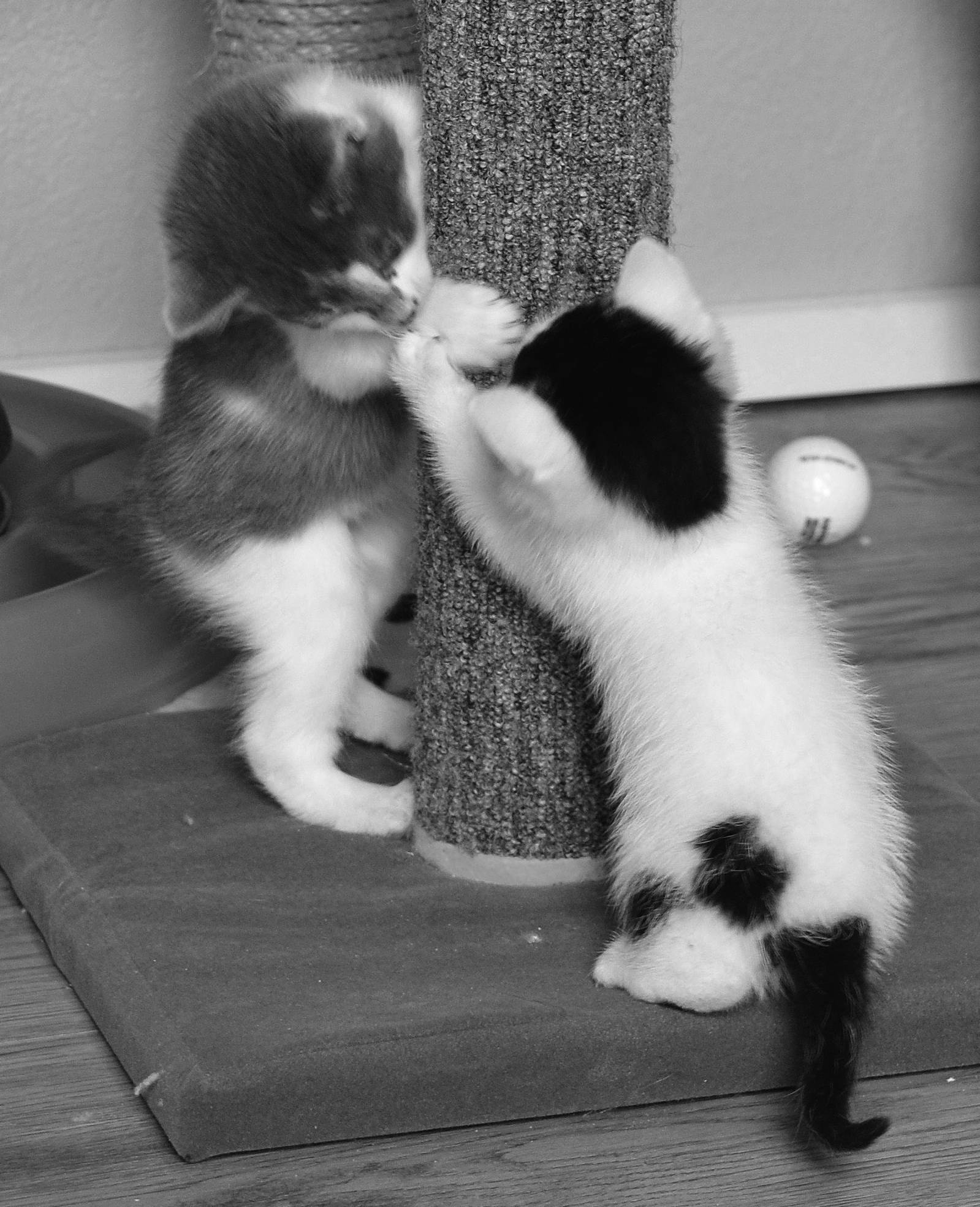Submitted by Ruthie Thompson-Klein
Lopez Animal Protection Society
If that headline were true, every volunteer at Lopez Animal Protection Society would be ecstatic. Feral cats live very difficult lives. LAPS documented, treated and re-homed or released feral 18 cats and kittens in 2019. We estimate this represents approximately 6 percent of the feral cat population, estimated at 300+ cats. We received reports of litters of feral kittens that we were not able to locate or trap last summer. The three feral litters we were able collect were just the tip of the iceberg.
Why should I care about the welfare of feral cats?
Feral cats are all around us but live difficult and often violent lives. Sooner or later ferals fall victim to fight or vehicle strike injuries which may heal badly, if at all, and develop fatal infection or permanent disability causing starvation. If you are a cat owner, unneutered feral males can be aggressive, often attacking and injuring domestic cats in fights. Unspayed females may have several litters a year, taking a toll on their bodies and adding to overpopulation. Flea infestations, plus roundworm and tapeworm cause weakness and discomfort, reducing ability to catch prey or run from attackers.
Targeted trapping and neutering takes a feral cat out of reproductive activity and is the best way to halt population expansion. In a Trap-Neuter-Return program, community ferals are humanely trapped (with no-harm traps), brought to a veterinarian to be spayed or neutered, vaccinated, eartipped (the universal sign a community cat has been neutered and vaccinated), then re-homed or returned to their outdoor territory.
TNR doesn’t cause feral colonies to disappear overnight—the cats live out their natural lifespans and colony population slowly declines. Studies confirm that once TNR stops reproduction and mating behaviors, cats’ relationship with residents improves. Colonies become quieter as mating behaviors like yowling and fighting stop. In a 2002 study conducted by prominent researcher Julie Levy, DVM, caregivers reported that cats tended to roam less after neutering, which is beneficial for their safety and reduces conflict with neighbors. With decreased competition for mating, the cats are also less likely to suffer injuries.
LAPS does not routinely trap feral cats. Cats with homes will roam and the chances are good that someone’s pet (or a wild animal) would be trapped. Our goal is targeted trapping when necessary.
What happens to LAPS feral kittens?
Thanks to many volunteers this past year, we had success socializing two litters (10 kittens) from one feral mom cat so they could get good homes. She was too weak after back-to-back litters and heavy round worm infection to survive spay surgery. Her final gift was to let us socialize her kittens, though she didn’t survive to be brought to health and released.
Success Story: Marmalade and Cheeto
Marmalade stayed at the LAPS office for two weeks after her spay surgery to allow her to recover and to see if she had adoption potential. She could be handled the first week. The second week, she regressed to full feral and we could no longer touch her. She was released to the area where she had been trapped near Shark Reef. When we trapped her brother, Cheeto, (both cats had a lot of orange coloring, hence their names) he was immediately released to the same area after surgery. A third kitten was trapped, altered, treated, chipped and re-homed to the area last year.
Success Story: Obie (Orange Blossom)
Obie had been hanging out at the Shark Reef area. He was trapped easily, neutered and housed at LAPS headquarters for three weeks because a neighbor objected to him being returned. During this extra time Obie came to trust and even play with the volunteer caregivers, making him an ideal adoption candidate. He recently went to live on a Lopez farm with folks who had lost their barn cat and were ready for another companion.
What should I do if I see a feral or unidentified cat hanging around?
1. Check with neighbors to try to determine whether the cat has an owner.
2. Don’t feed the cat, to see if s/he goes home in a few days.
3. Call or email LAPS to ask whether anyone has reported a missing cat at 360-298-WAGS (9247) or info@lopezanimals.org.
4. Take a photo if you can, or write a detailed description.
5. Submit a post on lopezrocks.org with photo or description; post on Facebook (LAPS will help with postings/posters, and enter info on the LAPS website and Facebook page.)
6. If the cat is causing problems, pick up all outside pet food and close pet doors at night.
7. If the cat appears sick or injured, contact LAPS for help.





